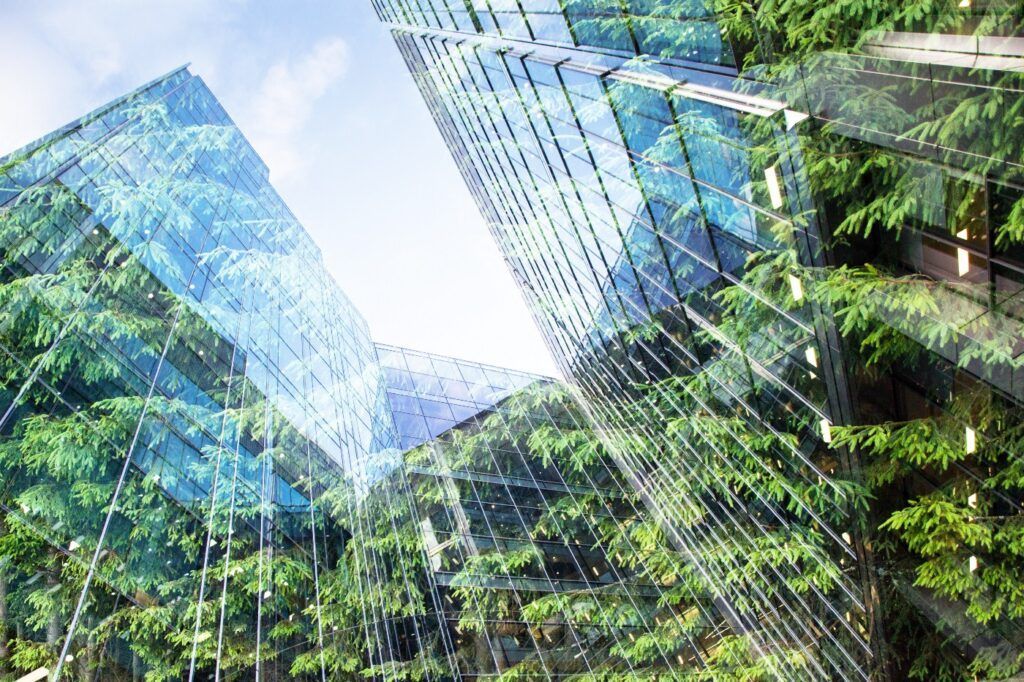Le città sono spesso note per essere i principali centri di produzione e consumo. Le aree urbane sono i luoghi in cui prosperità e ricchezza si manifestano maggiormente, dove fioriscono attività commerciali e centri finanziari, dove le infrastrutture mostrano il loro lato più brillante. Ma a quale costo?
Le città sono anche luoghi di profonde disuguaglianze, paradossi, inefficienze; tutte distorsioni che la crisi sanitaria, esacerbata dalle crisi climatiche, alimentari ed economiche, ha reso evidenti.
The past teaches us that periodically one of the first reactions to pandemics is a drastic abandonment of cities. This is even more evident this time considering that nowadays urban lifestyle is incredibly detached and dissociated with physical and mental wellbeing, sociality, nature, and the surrounding landscape, especially in big cities or megalopolis.
Climate change exacerbates already precarious mental balances, generating new forms of stress and anxiety, especially in the younger generations. Eco-anxiety, ecological grief, or distress caused by environmental change are expressly mentioned amongst the 10 new insights on climate change, published last month by FutureEarth, the Earth League, and the World Climate Research Program. These concerns find a solid basis in urban areas. Last November, Nature revealed mass air pollution concentration in European urban centers, posing concrete risks for its citizens’ health, in addition to the heavy impact that unsustainable production and consumption models have on our limited natural resources.
Faced with the pressing needs from individuals in search of improved quality of life, greener spaces, and a better balance between professional, social, and personal satisfaction, cities are forced to be rethought and reshaped to promote and incorporate nature and the landscape within their urban policies, to continue to host thriving communities. Not only given the disruption imposed by the coronavirus pandemic but also to become more flexible and resilient to climate alteration and the recent perspectives and aspirations. Whether it is called “city sickness” or “rural nostalgia” the reality is that an increasing number of individuals are considering embracing a different pace of life, to value more the “street-level,” the neighbor dimension, to ensure a better balance between social relationships and natural regeneration.
Non a caso, sia Platone che Aristotele hanno parlato della necessità di rimpicciolire le città.
E se la città e la campagna non fossero due mondi lontani e non comunicanti?
E se le città diventassero un perno attorno al quale ricostruire una nuova forma di urbanità che intersechi il bisogno di connessione tra uomo e natura?
E se le città diventassero laboratori a cielo aperto in cui sperimentare una ricchezza culturale, sociale, territoriale, paesaggistica, basata sul dialogo e sull'interscambio costante?

